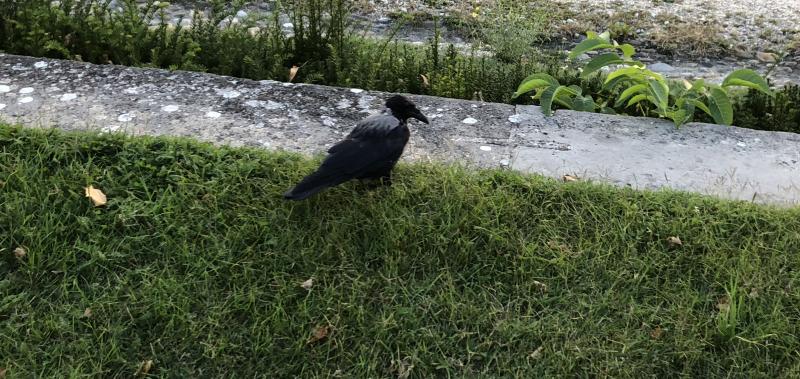Since Jeff has just returned from a conference abroad, we decided to share his experience and perspective with readers of our column.
This past week I had the unusual opportunity to spend five days in Austria at the Cool Forests at Risk Conference, a meeting of the International Boreal Forest Research Association. Held at one of the former summer palaces of the Habsburg dynasty in Laxenburg, near Vienna, the conference included participants from nearly 30 different countries including most European nations, plus the U.S., Canada, Mexico, Russia, and even New Zealand, Taiwan, Japan, South Korea and Mongolia. The purpose of the meeting was to bring together a diverse community of experts in the science and conservation of boreal and mountaintop forests, to share new research findings and experiences with the hope of establishing a stronger collective voice for conservation of those forests.
It felt a bit odd to be meeting in the rather elegant setting of a former palace when most such gatherings take place in bland, modern hotels but the meeting was generously hosted by the International Institute for Applied Systems Analysis, now headquartered at the former palace. This organization does much work related to the environment and is also exceptionally good at running and hosting international meetings.
While birds and birding were not the primary reason for this trip, I was able to spot a few species on my occasional strolls around the adjoining park lands and on a fieldtrip to the Austrian mountains that was part of the conference agenda. I watched Eurasian kestrels soaring over a mountain ridge, a small flock of rosy-colored common crossbills huddled in the Norway spruces near Schneeberg (“Snow Mountain”), a tiny glowing-blue common kingfisher along a stream, and ever-present grey and black hooded crows strolling the palace lawns in search of food. As I observed, I was struck by how crucial a meeting like this was for the future of birds.
The coming together of like-minded people, even across cultures and languages, to work together for a common goal—in this case, the conservation of boreal forest and mountaintop forest ecosystems—is our only hope for a positive future that includes healthy ecosystems with thriving populations of birds.
It was just over 100 years ago that a similar coming together of like-minded people spanning great distances and cultures resulted in one of the world’s most important agreements that saved many of our most beloved birds from extinction. That historic agreement was the Migratory Bird Convention (Treaty) that, for the first time, committed two massive nations—the U.S. and Canada—to regulating and managing the migrating birds that were shared between them across the North American continent. Here in the U.S., the Migratory Bird Treaty Act was passed by Congress and signed into law by President Woodrow Wilson in 1918. That is why 2018 is being celebrated as the Year of the Bird to commemorate this historic event. Interestingly, in the ensuing years since the treaty was first signed, other nations have added themselves to the agreement including Mexico in 1936, Japan in 1972, and even Russia (then the Soviet Union) in 1976.
Likewise, I hope and expect that the Cool Forests at Risk Conference may eventually help to increase the collective global voice for conservation of boreal and mountaintop forests. Such a voice and a vision will be good for birds and for our world.
Jeffrey V. Wells, Ph.D., is a Fellow of the Cornell Lab of Ornithology. Dr. Wells is one of the nation's leading bird experts and conservation biologists and author of “Birder’s Conservation Handbook.” His grandfather, the late John Chase, was a columnist for the Boothbay Register for many years. Allison Childs Wells, formerly of the Cornell Lab of Ornithology, is a senior director at the Natural Resources Council of Maine, a nonprofit membership organization working statewide to protect the nature of Maine. Both are widely published natural history writers and are the authors of the book, “Maine’s Favorite Birds” and the newly published “Birds of Aruba, Bonaire, and Curaçao” from Cornell Press.
































